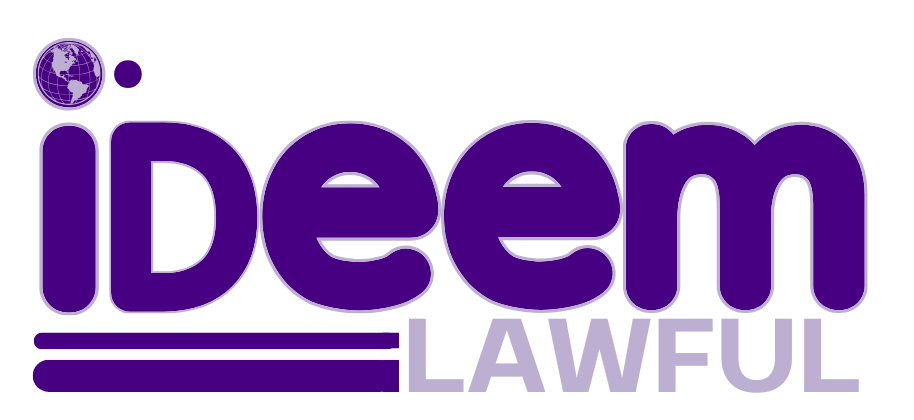The Federal Government has officially set the minimum age for admission into Junior Secondary School (JSS1) at 12 years, as part of a new policy framework on non-state schools launched last week by the Federal Ministry of Education.
The policy document outlines the structure for basic education, which includes six years of primary education and three years of Junior Secondary School (JSS).
According to a policy document obtained by The PUNCH, non-state schools are playing an increasingly significant role in delivering education across the country, despite noticeable disparities in the quality of education offered among the different school categories.
It stated that nursery education should last for three years.
“Children shall be admitted into Nursery One when they attain the age of three years, Nursery Two on attaining the age of four, and one year of compulsory pre-primary education (Kindergarten) on attaining the age of five years, in accordance with the specification of Section 2(17) of the NPE, 2013 Edition,” it said.
When it comes to junior secondary school, the policy clearly outlines that basic education will last nine years in total—six years of primary school and three years of junior secondary school (JSS).
It added: “Children shall be admitted into Primary One when they attain the age of six years.
Every child must complete six years of primary education. They shall be admitted into Junior Secondary School (JSS1) when they have completed six (6) years of primary education, at around the age of twelve (12) years.”
If the government strictly follows this policy, students will likely be about 18 years old before they’re old enough to enter higher institutions. This comes at a time when there has been a lot of debate over the age requirements for gaining admission into universities and other tertiary schools.
The report also touched on the role of Non-State Schools—another term for private schools not run by the government.
According to the Nigeria Education Digest 2022, private schools now outnumber government schools in at least 26 states at the junior secondary level.
Between 2017 and 2022, private schools have been growing faster than government-owned schools.
Specifically, private primary schools grew by 31.56%, while state-owned ones grew by only 3.3%. Also, private junior secondary schools grew by 35.06%, while public junior secondary schools grew by only 6.8%.
The report further stated that, “Non-state schools outnumber state schools in at least 26 states of the federation at the Junior Secondary level, whereas at the primary level, state schools outnumber non-state schools in 19 states of the federation.”
“The growth in the number of non-state schools between 2017 and 2022 (the last five years reported) has been faster than that of state schools,” it added

